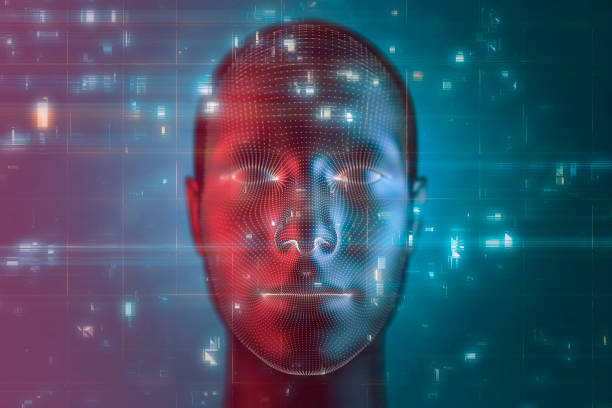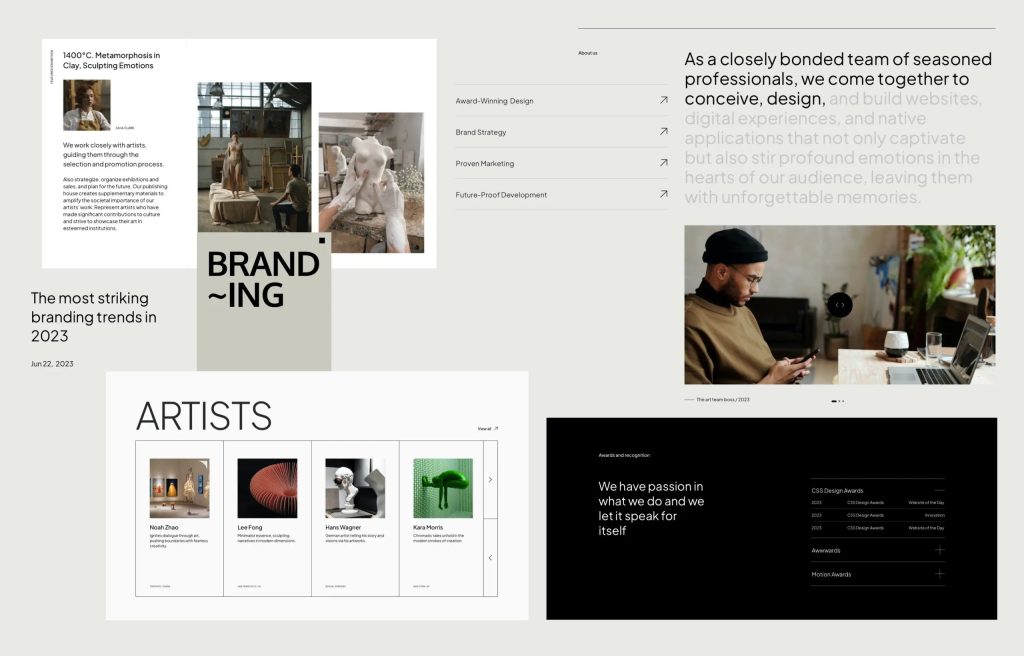In our ever-evolving technological landscape, the concept of self-learning systems is gaining traction, raising questions about the nature of human interaction with artificial intelligence. This article will delve into the emerging trends surrounding AIOS architecture, the function of self-learning operating systems (OS), and the pivotal role of human-centered designs, showcasing industry applications, technical insights, and relevant use cases that point to the evolution of intelligent systems.
1. **Understanding AIOS Architecture**
The term AIOS architecture refers to a sophisticated framework that integrates artificial intelligence (AI) capabilities directly into operating systems. Unlike traditional operating systems, which serve purely as interfaces between users and hardware, AIOS is designed to learn from user interactions, adapt its functionalities, and optimize performance based on contextual understanding. This architecture is fundamentally transforming how systems are built, managed, and evolved across various industries.
2. **The Rise of Self-Learning Operating Systems**
As we enter a new era dominated by data and intelligent systems, self-learning operating systems have emerged as a transformative force. These systems utilize advanced machine learning algorithms to autonomously refine their operations, often without the need for human intervention. They analyze user behaviors, system performance, and environmental changes to formulate data-driven decisions aimed at optimizing efficiency and user experience. As a result, self-learning operating systems are fast becoming a cornerstone in fields such as cloud computing, IoT (Internet of Things), and edge computing.
3. **The Importance of Human-Centered AIOS**
In an age where technology intersects with daily life, the call for human-centered design within AIOS architectures is critical. Human-centered AIOS focuses on creating systems that prioritize user needs and values. This approach ensures that the technology remains accessible, intuitive, and effective for all users, regardless of their technical expertise. By integrating user feedback into the development cycle, designers can create operating systems that genuinely enhance user experience while minimizing potential biases and ethical concerns associated with traditional AI implementations.
4. **Innovative Industry Applications of AIOS**
The real-world application of AIOS architecture and self-learning operating systems is both extensive and exciting. In the healthcare sector, for instance, self-learning OS models can analyze patient data to detect anomalies early, streamline treatment plans, and improve overall patient outcomes. Healthcare practitioners can leverage these insights to tailor care pathways specific to individual patients, essentially enabling a form of precision medicine that was previously unattainable.
5. **AIOS in Smart Cities**
Another noteworthy application of AIOS architecture is in the development of smart cities. Here, self-learning operating systems play a crucial role in managing urban infrastructure, such as traffic systems and energy consumption. By employing AI algorithms that analyze real-time data, cities can dynamically adjust traffic signals and optimize public transportation systems, reducing congestion and improving air quality. Moreover, energy grids can self-optimize consumption patterns, effectively lowering operational costs and minimizing environmental impacts.
6. **Technical Insights into AIOS Architecture**
From a technical standpoint, AIOS architecture incorporates various components, including machine learning algorithms, data processing units, and integrative frameworks that allow for seamless communication between devices. The architecture is often modular, enabling developers to adopt multiple AI models depending on the use case. This flexibility enhances the adaptability of systems across different sectors.
AIOS frameworks typically utilize neural networks trained on extensive datasets, allowing for remarkable feature extraction and accurate prediction capabilities. Research indicates that self-learning OS can leverage reinforcement learning—a process where models learn optimal behaviors based on rewards from earlier actions. Consequently, these systems continue to improve over time, creating a positive feedback loop that bolsters performance.
7. **A Case Study: AIOS in Retail**
Retail is one industry that has embraced AIOS architecture and self-learning operating systems to revolutionize customer experience and operational efficiency. Major retailers are employing AI-driven inventory management systems to predict demand, minimize waste, and ensure product availability. For instance, Walmart utilizes machine learning algorithms to analyze shopping patterns and forecast stock needs, allowing them to efficiently manage supply chains.
Moreover, personalized shopping experiences have become a norm, with many retailers using AIOS architecture to curate product recommendations based on individual preferences. This human-centered approach not only enhances customer satisfaction but also drives higher conversion rates and revenue growth.
8. **Challenges and Considerations**
While the possibilities of AIOS architecture and self-learning operating systems are substantial, challenges remain. One significant concern is data privacy and security. The intensive data collection required for these systems opens avenues of vulnerability if not appropriately secured. Policymakers must ensure that regulations are in place to protect sensitive data while still allowing for innovation.
Additionally, biases within AI algorithms pose risks to fair and equitable technology deployment. A human-centered design must actively address these biases in the development of AIOS frameworks, ensuring that systems work fairly for all users, regardless of demographics or training data limitations.
9. **Conclusion: The Path Ahead**
As AIOS architecture continues to evolve alongside self-learning operating systems, we stand on the brink of a technological revolution. By promoting human-centered designs, we can harness the full potential of AI while ensuring ethical standards and user trust remain at the forefront. The synergies between human capability and machine learning will redefine efficiency, user experience, and operational excellence across industries.
In summary, the future of operating systems is not just about machines completing tasks; it is about creating symbiotic relationships between humans and intelligent systems. The potential benefits of AIOS architecture are immense, and embracing these innovations will lead to more responsive, accessible, and personalized technology solutions that cater to our ever-changing world.
**Sources:**
– N. G. Jordan, “The Risks and Benefits of AI-Driven Operating Systems,” Journal of Digital Innovations, 2023.
– T. R. Martinez, “Human-Centered Design in AI,” International Conference on AI & Society, 2023.
– S. P. Lee, “Self-Learning Algorithms: Redefining the Future of Work,” AI Research Journal, 2023.
– M. L. Thompson, “Innovating Retail with AIOS: A Case Study of Enhanced Customer Experience,” Retail Technology Review, 2023.




























